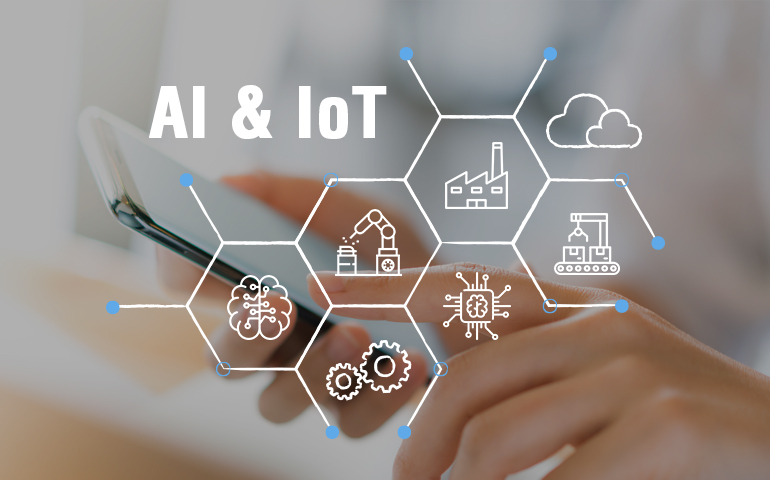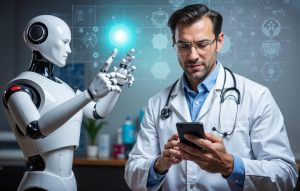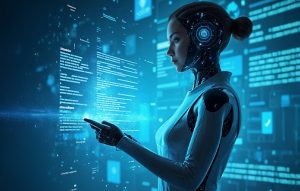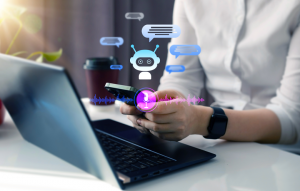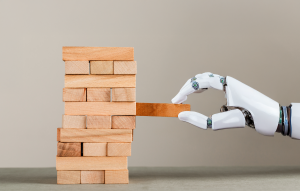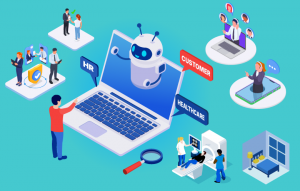The incorporation of new technologies with intelligent machines creates a world-transforming combination. Ours is a period of reformations and revolutions. Things are becoming smarter and aiding in reforming the business. Our dependency on smart things is increasing with the enhancement in their reliability factor. Big organizations are leveraging new technologies to systemize and enhance their business growth.
Top-notch enterprises are gathering data with the help of several connected devices. And by using the applications based on artificial intelligence, these companies are reaching higher levels of functioning and commercial expertise. These new systems are helping the companies to get useful insights from the vast amounts of increasing data to reform their businesses.
Since enterprises always want to stay ahead of their competitors’, the intelligent use of data is essential for revolutionizing their products and services. The advancement in technology helps them to examine the data and realize customer needs. It also helps them to prepare their products and services to meet the expectations of their customers.
Since IoT is helping in prominently capturing data from various sources, enterprises are taking the advantage and leveraging it for better analysis and improvement of the business.
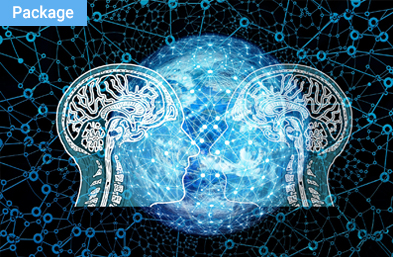
AI strategy and planning workshop
Artificial intelligence is transformational, and adopting this technology will enable companies to reshape their strategic vision so that they no longer rely on what they think is true, rather, leverage factual-based decision-making capabilities.
The fundamentals of IoT and AI
Applications of IoT are indeed proving to be beneficial for the companies that are incorporating them in their systems. It is of great significance with respect to the improvement that they have laid in their customer serving processes.
Addition of artificial intelligence capabilities increases the extent of leveraging the full potential of IoT for business reorganization. Companies are introducing new products and opportunities which are more profitable and less liable to risk.
The role of AI-based analysis proves significant because the previous methods of analyzing organized data did not support the processing of huge amounts of data that IoT devices collect and send to cloud for analysis. The AI-based analytics extracts, essentially, useful insights and helps organizations to streamline their business processes.
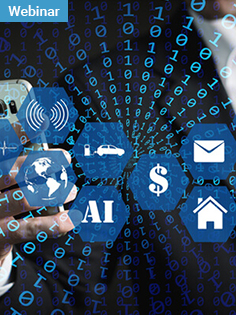
Discover what, why and how of Vision AI at the Edge
Webinar agenda
- What is Vision AI at the Edge
- Why vision AI at the edge is a game-changer
- Applications of Vision AI at the Edge
- Industrial use cases for accelerating AI at the Edge
- Q & A
Business leaders today are deploying AI-based applications along with IoT-enabled sensors throughout their businesses for assessing data to explore sources and get valuable insights.
Artificial intelligence will reach human levels by around 2029. Follow that out further to, say, 2045; we will have multiplied the intelligence, the human biological machine intelligence of our civilization a billion-fold. —Ray Kurzweil, an American author, computer scientist, inventor and futurist.
AI and the core of IoT
The core function of IoT is to get data from the interconnected devices and send it to the cloud for automation, analysis and visualization. Ultimately, this facilitates users to get rich insights and put those insights into action for future advancements.
With data analytics and visualization, users are using AI in composite situations and applications. IoT takes care of the tasks of gathering and storing data. AI assists in handling the bigger challenge which is to derive useful insights and sensible decision out of that data. Without such assistance, there would be no benefit of even gathering the data. Hence, we can conclude that deriving intelligent insights out of data is something that is only possible with AI.
Therefore, it can be said that the amalgamation of data, IoT and AI is driving the new generation applications in several domains these days.
The IoT is removing mundane repetitive tasks or creating things that just weren’t possible before, enabling more people to do more rewarding tasks and leaving the machines to do the repetitive jobs. — Grant Notman, Head of Sales and Marketing, Wood & Douglas
Putting AI and IoT into action
Let’s understand this with the help of an example. Envisage a grocery store manager who wants to consider improving the in-store consumer experience. To observe, understand, and measure the in-store behavior is quite difficult as compared to fetching data of online purchases.
This is a situation where IoT and AI come into the picture. The combination of IoT and AI can easily merge the old modes of organized data (like records, stocks, and RFID tags) with new sources (like store traffic, online promotions and etc.) to derive more precise observations of consumer activities.
Hence, the store manager can relate the data with patterns and make precise endorsements on the items that his store sells. This may include the stock maintenance, design, and organization of the store.
The key to artificial intelligence has always been the representation.- Jeffrey Hawkins, the American founder of Palm Computing
Let’s go through various applications of IoT and AI in some areas:
AI and IoT in facility optimization
In facility optimization, IoT sensors collect and store data, which can be further analyzed with the help of AI and machine learning based techniques. This incorporation helps by doing predictive analyses of the data and giving alerts for maintenance of the building and its valuable assets. We can say that AI and IoT are composed to develop foundations in the facility optimization conception.
AI and IoT in healthcare
The role of AI is growing in healthcare rapidly. Whether it is any healthcare facility, a hospital or a pharmaceutical body, AI and IoT are playing significant roles. The computer-based diagnosis and assistance are facilitating doctors and patients for convenient consultations. The technologies help in gathering and evaluating information via data management, examining tests, X-Rays, CT scans and other such tasks. There are wearable health trackers that monitor the heart rate as well. They are enabled to send alerts to the user and share the information with doctors for taking required measures.
One example of AI in healthcare is the use of deep learning to examine medical images. Companies are facilitating the industry to use deep learning on medical images for detecting tumors automatically. This speeds up the diagnosis and helps in initiating quicker treatments.
AI and IoT in manufacturing and ahead: robots
As per the specific function of robots, IoT, AI, deep learning, and facial recognition etc. are already being used in the industry. Robots used in factories are getting smarter with the help of embedded sensors, which enable data transmission and are provisioned with AI algorithms that continuously learn from newer data. They not only save time and decrease price, but also make the process of manufacturing better over time.
AI and IoT: the brain and the body
Considering several applications of IoT and AI, they are an apparent combination for various industries. The more organizations deploying IoT, the greater is the requirement for AI amalgamation with it. We can say that IoT needs AI and vice versa in order to facilitate the user experience with respect to various industries. The incorporation of AI and IoT helps in predictive maintenance which facilitates in avoiding the downtime and enhancement of operative efficiency on the basis of smart data analysis and visualization.
The full potential of IoT can only be realized with the introduction of AI (IBM Institute for Business Value)
AI and IoT- the combination gives birth to:
• Advanced architectural constructions
• Machine intelligence
• Predictive algorithms
• Improvement in machine communication
• Decrease in downtime
• Growth in working efficiency
• Enhancement in products and services
• Improvement in risk management
We are entering a new world. The technologies of machine learning, speech recognition, and natural language understanding are reaching a nexus of capability. The end result is that we’ll soon have artificially intelligent assistants to help us in every aspect of our lives. -Amy Stapleton, analyst and regular contributor to Opus Research


